Author: Jordan Folks
Typically, following the mash and boil, wort gets transferred to a fermenter, the yeast is pitched, then the fermenter is sealed to keep unwanted microbes and oxygen out during the fermentation process. However, some claim there are certain benefits to open fermentation, or fermenting beer in an unsealed vessel, such as optimal attenuation due to the constant exposure to oxygen as well the development of desirable esters.
Open fermentation is commonly associated with British styles, though historically, most beers were likely fermented in open containers including lagers. While pale lagers are known to possess clean fermentation profiles, it’s been claimed that open fermentation can encourage the formation of some esters that actually improve the flavor quality of the finished beer. In fact, it wasn’t until 1993 that Pilsner Urquell moved from open to closed fermenters, and Schönramer Brewing in Petting, Germany still relies on this approach to produce deliciously crisp pale lagers.
As a lover of all things lager, I’ve adopted numerous methods that I feel have led to an improvement in the versions I brew at home, though I’ve stuck with fermenting in closed vessels for the reasons listed above. Curious of the impact open fermentation would have on my annual Festbier, I designed an xBmt to test it out!
| PURPOSE |
To evaluate the differences between a Festbier that was fermented in an open vessel and one that was fermented in a sealed vessel.
| METHODS |
I went with a traditional Festbier recipe that I planned to serve at an annual Oktoberfest event. Special thanks to FH Steinbart for supplying the malt for this xBmt!
Festivaaal!
Recipe Details
| Batch Size | Boil Time | IBU | SRM | Est. OG | Est. FG | ABV |
|---|---|---|---|---|---|---|
| 5.4 gal | 60 min | 26.2 | 5.1 SRM | 1.051 | 1.013 | 4.99 % |
| Actuals | 1.051 | 1.013 | 4.99 % | |||
Fermentables
| Name | Amount | % |
|---|---|---|
| Pilsner | 12 lbs | 88.89 |
| Barke Munich Malt | 1 lbs | 7.41 |
| Carahell | 8 oz | 3.7 |
Hops
| Name | Amount | Time | Use | Form | Alpha % |
|---|---|---|---|---|---|
| Hallertauer Mittelfrueh | 92 g | 60 min | Boil | Pellet | 2.1 |
| Hallertauer Mittelfrueh | 43 g | 3 min | Boil | Pellet | 2.1 |
Yeast
| Name | Lab | Attenuation | Temperature |
|---|---|---|---|
| Global (L13) | Imperial Yeast | 77% | 46°F - 55.9°F |
Notes
| Water Profile: Ca 54 | Mg 4 | Na 10 | SO4 28 | Cl 72 |
Download
| Download this recipe's BeerXML file |
After collecting the full volume of water for two 5 gallon/19 liter batches, adjusting them to the same desired profile, and getting them heating up, I milled the grains.
When the waters per properly heated, I stirred in the grains and, seeing as this was a classic German lager, performed a step mash with a 40 minute rest at 144°F/62°C, 25 minute rest at 158°F/70°C, and 15 minute rest at 170°F/77°C.
During the mash rests, I prepared the kettle hop additions.
Once the mash rests were finished, I collected the worts and proceeded to boil them for 60 minutes, adding hops at the times listed in the recipe. When the boils were complete, I quickly chilled the worts with my JaDeD Brewing SS Coil Hydra before taking refractometer readings showing the worts were at the same OG.

After transferring identical volumes wort from each batch to sanitized fermentation kegs, they were placed in my chamber to finish chilling to be desired pitching temperature of 47°F/8°C before each received two pouches of Imperial Yeast L13 Global.
A this point, I loosely placed a piece of foil over one fermenter while the other was sealed with a blowoff tube connect, as I typically do.
The beers were left to ferment at 48°F/9°C for a week before I sealed the open fermentation keg to prevent post-fermentation oxidation. Next, the temperature of the beers were allowed to free-rise to 60°F/16°C over the following week for a diacetyl rest, at which point I took hydrometer measurements indicating a very slight difference in FG between the beers.
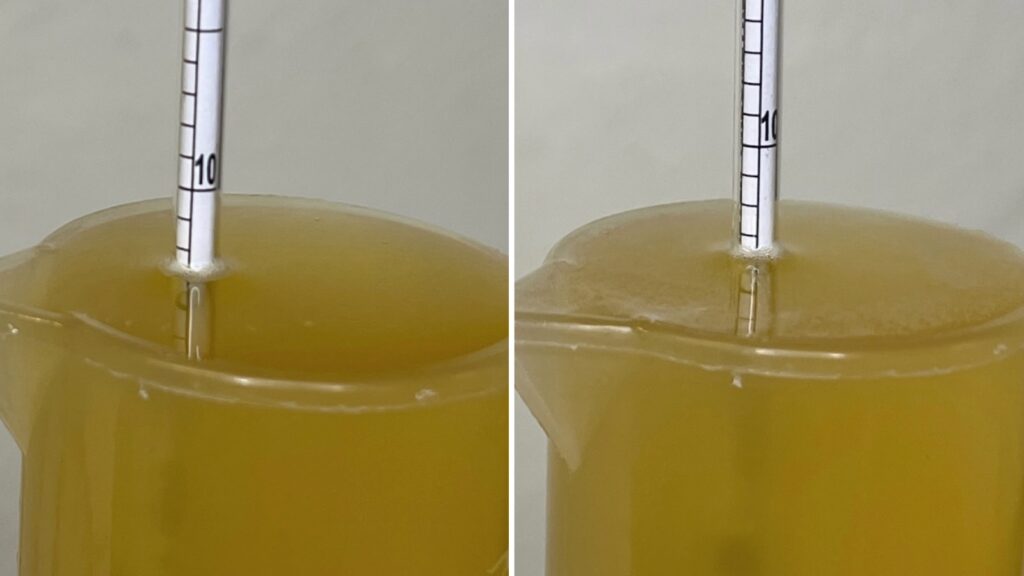
The beers were cold crashed to 33°F/0.5°C overnight then transferred them to CO2 purged serving kegs that were placed on gas in my keezer where they were left to condition for 4 weeks before they were ready for evaluation.

| RESULTS |
A total of 20 people of varying levels of experience participated in this xBmt. Each participant was served 1 sample of beer fermented in a sealed vessel and 2 samples of the beer fermented in an opemn vessel in different colored opaque cups then asked to identify the unique sample. While 11 tasters (p<0.05) would have had to accurately identify the unique sample in order to reach statistical significance, only 8 did (p=0.34), indicating participants in this xBmt were unable to reliably distinguish a Festbier that was fermented in a sealed vessel from one that was open fermented.
My Impressions: Out of the 5 semi-blind triangle tests I attempted, I correctly identified the odd-beer-out just twice. The aroma, flavor, and mouthfeel of these beers were similar enough to my palate as to make them indistinguishable, which wasn’t a bad thing, as both were great examples of Festbier – light and refreshing with ample malt and noble hop flavors.
| DISCUSSION |
Whereas open fermentation was likely how nearly all beers were made a century or so ago, it’s now viewed as a technique relied on primarily by British brewers or those opting to hang on to tradition. However, some believed it offers benefits over fermenting in sealed vessels, even for clean pale lager styles. Interestingly, tasters in this xBmt were unable to reliably distinguish a Festbier that was fermented in a sealed vessel from one that was open fermented.
One possible explanation for these results is that the yeast used for ferment these beers is simply not sensitive to the minor differences in pressure between open and sealed vessels, which may very well be different on the larger commercial scale. The fact these beers were perceptibly indistinguishable also indicates indicates the open fermented batch possessed no off-flavors associated with a contamination, which supports the use of a light covering such as foil to keep unwanted microbes out of the beer. As far as the difference in attenuation goes, it was minor enough to have been a function of something other than the variable, though regardless, it didn’t appear to have any notable impact on the quality of the beer.
As much as I appreciate relying on traditional brewing methods, this is only so if it has a positive impact on the beer, and that didn’t appear to be the case in this xBmt. Even though the open fermented batch demonstrated no signs of contamination by bacteria or wild yeast, it does introduce a vector for such exposure that I’d prefer to avoid, and hence I’ll continue to ferment my Festbier and other lagers in sealed vessels. That said, I look forward to continuing my exploration of open fermentation and will happily adopt the practice should future xBmts show it’s beneficial.
If you have any thoughts about this xBmt, please do not hesitate to share in the comments section below!
Support Brülosophy In Style!
All designs are available in various colors and sizes on Amazon!
Follow Brülosophy on:
FACEBOOK | TWITTER | INSTAGRAM
If you enjoy this stuff and feel compelled to support Brulosophy.com, please check out the Support page for details on how you can very easily do so. Thanks!


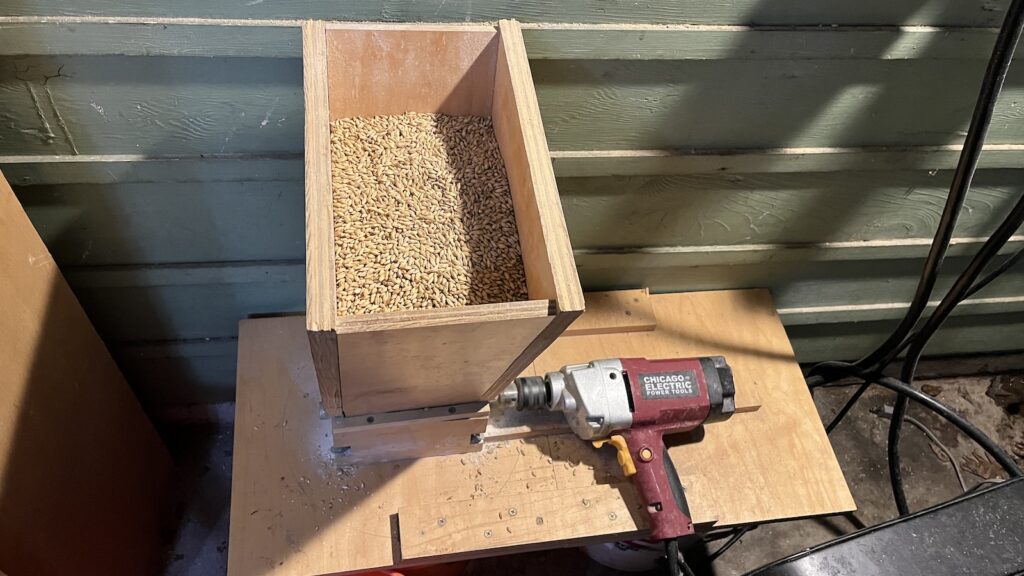
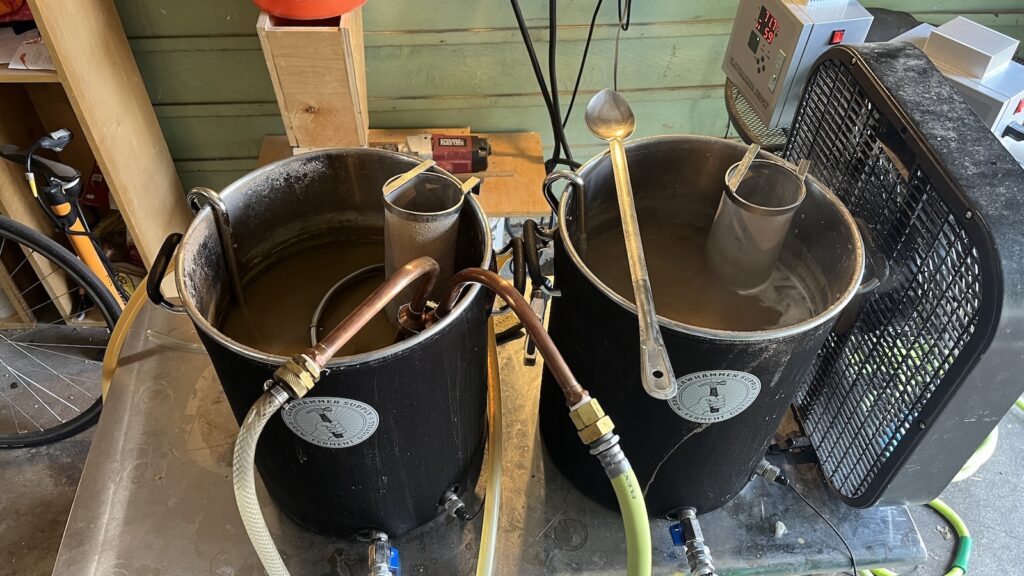
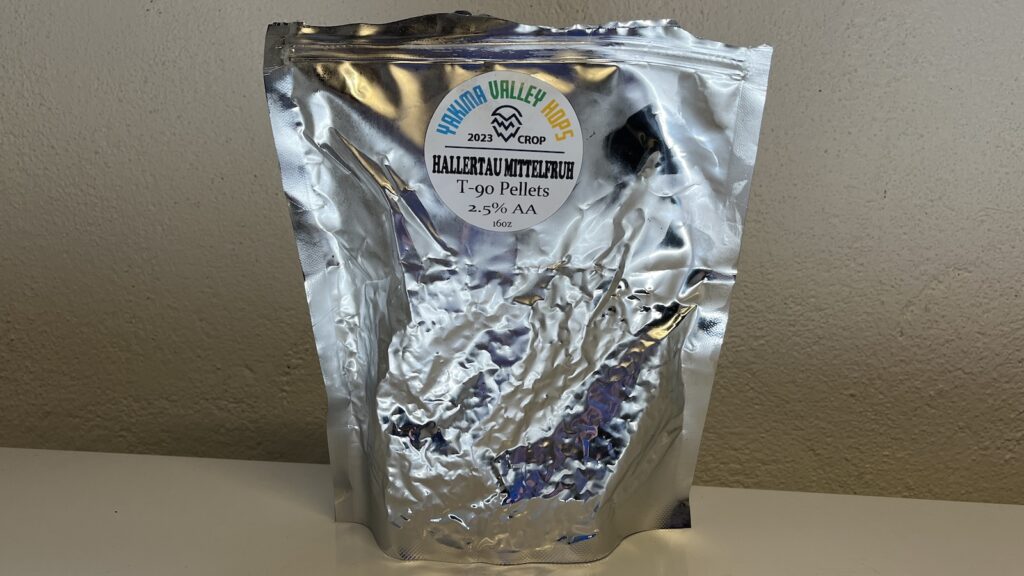

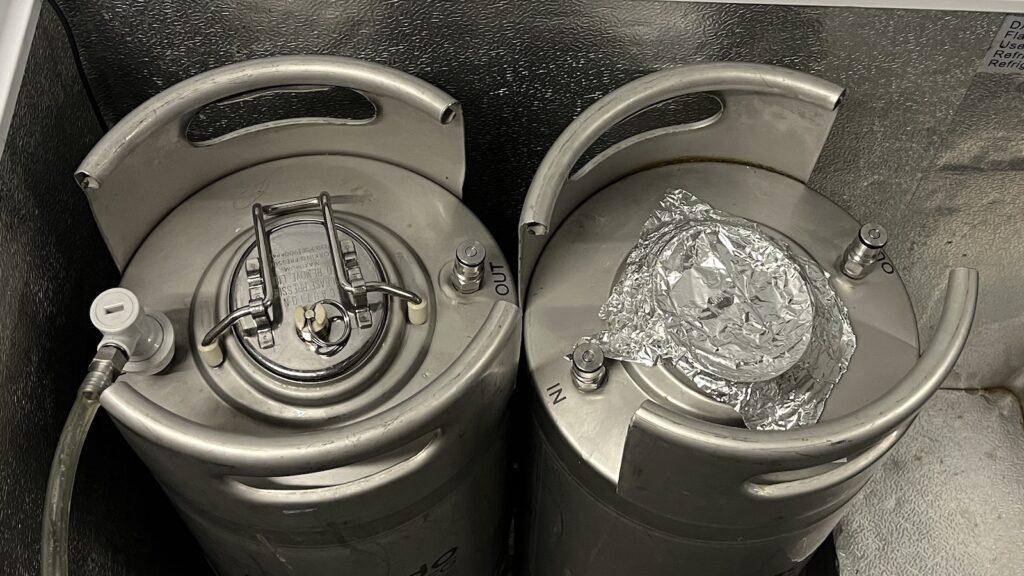











7 thoughts on “exBEERiment | Impact Open Fermentation Has On A Festbier”
In my experience the effect of open fermentation on certain strains has to with oxygen exposure not pressure. Ringwood for example barely replicates in a closed vessel versus a fully open one. As such, an open keg covered with foil doesn’t really provide much surface area for oxygen exposure, and fermentation in a chamber basically becomes fermentation in a closed vessel once the oxygen is used up (no idea how long that takes). Finally strains that benefit from open fermentation are top croppers (makes sense, as a lot of the yeast floats up top), and while I’ve never used Global I have used 34/70 enough to know that it is not a top cropper. For lagers the only top cropper I’m aware of is wlp800. 800 in an open bucket vs closed carboy would’ve been a relevant experiment.
White labs has shown WLP800 to be an ale yeast. Check out https://www.whitelabs.com/news-update-detail?id=105&type=NEWS&srsltid=AfmBOortbdw5PJBA5ptSuoErHu5EU5SudHTvtVSh04vnQ4A9q_3UigRh
WLP800 acts differently because it isn’t a lager yeast. White Labs has a blog page describing two different tests both showing WLP800 is an ale yeast. I’d link it but this comment software doesn’t allow links. Google search “white labs genetics ale lager” and it will be the first result.
Yeah it’s been known to be cerevisiae for almost nine years now. It still makes a good lager though. And 029 is pastorianus but still makes a beer that tastes like an ale. My point is, it’s the yeasts that produce that thick, yeast-laden krausen, like Chico, Verdant, K-97, 1187, and wlp800 that actually will get exposed to the air during fermentation. Not every ale strain does that. Only one lager strain does to my knowledge. 34/70 basically produces an inch of beer foam rather than a thick yeasty krausen.
I thoroughly enjoy the exBEERiments and here’s another one putting a myth to bed. I have a friend who firmly beleives that if you take a cold bottle of beer out of the fridge, let it warm to room temperature and then chill it in the fringe again it will taste “off”. I have never heard this “theory” before but I would love to see it put to the test with an exBEERiment.
I doubt that a single cold/warm cycle would have a dramatic impact (if the beer was warm for a short amount of time), but we’ve demonstrated that prolonged warm storage can have a perceptively negative impact on certain styles (e.g., IPAs and lagers). Pro-breweries will use repetitive cold/warm cycles to accelerate aging of beer for shelf-life testing. So your friend is likely correct in that cold/warm cycles can be bad for beer, but that is likely going to be a function of time and number of cycles.
UK Timothy Taylors brew Landlord in open top tanks. They say (utube video) that over hundreds of generations, their yeast has adapted, and now expects access to oxygen. They use 5-7% invert sugar in their beers, so fermentation starts quickly. And they get protective krausen layer after 24-36 hours.
So I wonder if exbeeriment, using a yeast that’s not adapted to open fermentation, could be a reason for little difference being apparent.
My 2nd Landlord attempt, used Wyeast 1469 West Yorkshire. Which is believed to have come from TT.
Included 7% Muscovado in recipe, fermented in two lidded buckets, pitched at 17°C. With lids clipped down till krausen appearing (24hr), then lids ajar for 3 days, then covered but loose lids at 19°C for 3 days. Only just in keg, but seems promising so far.